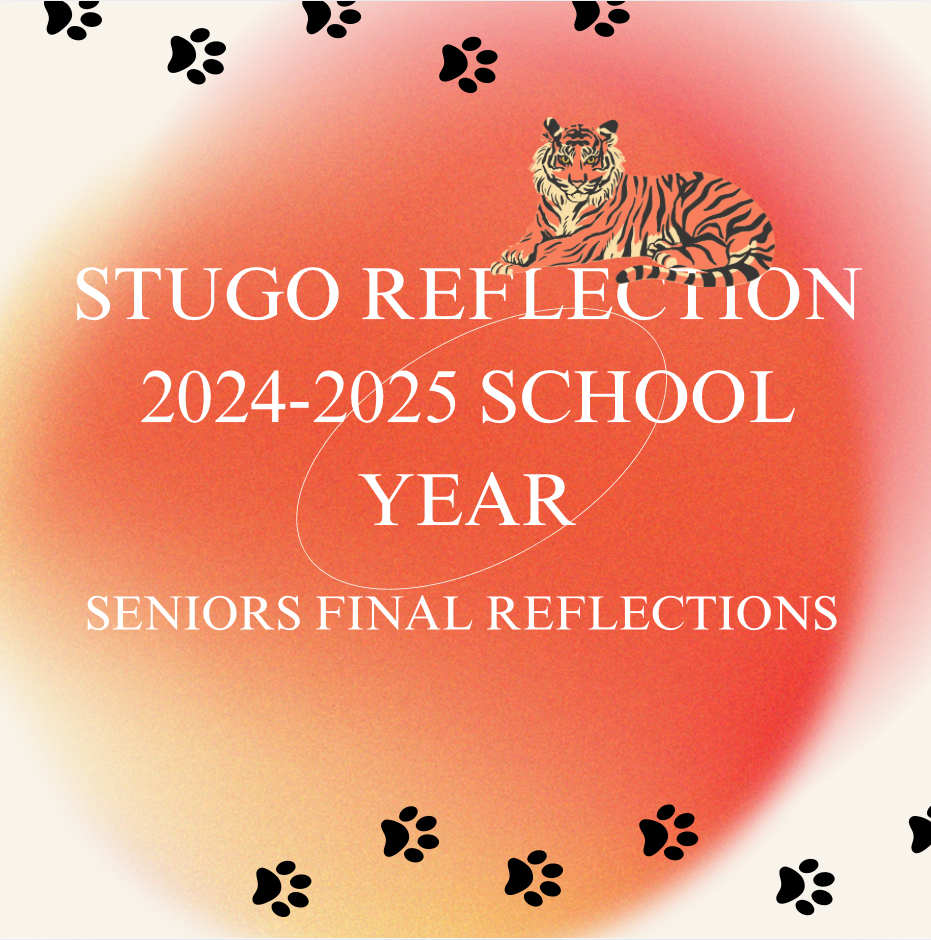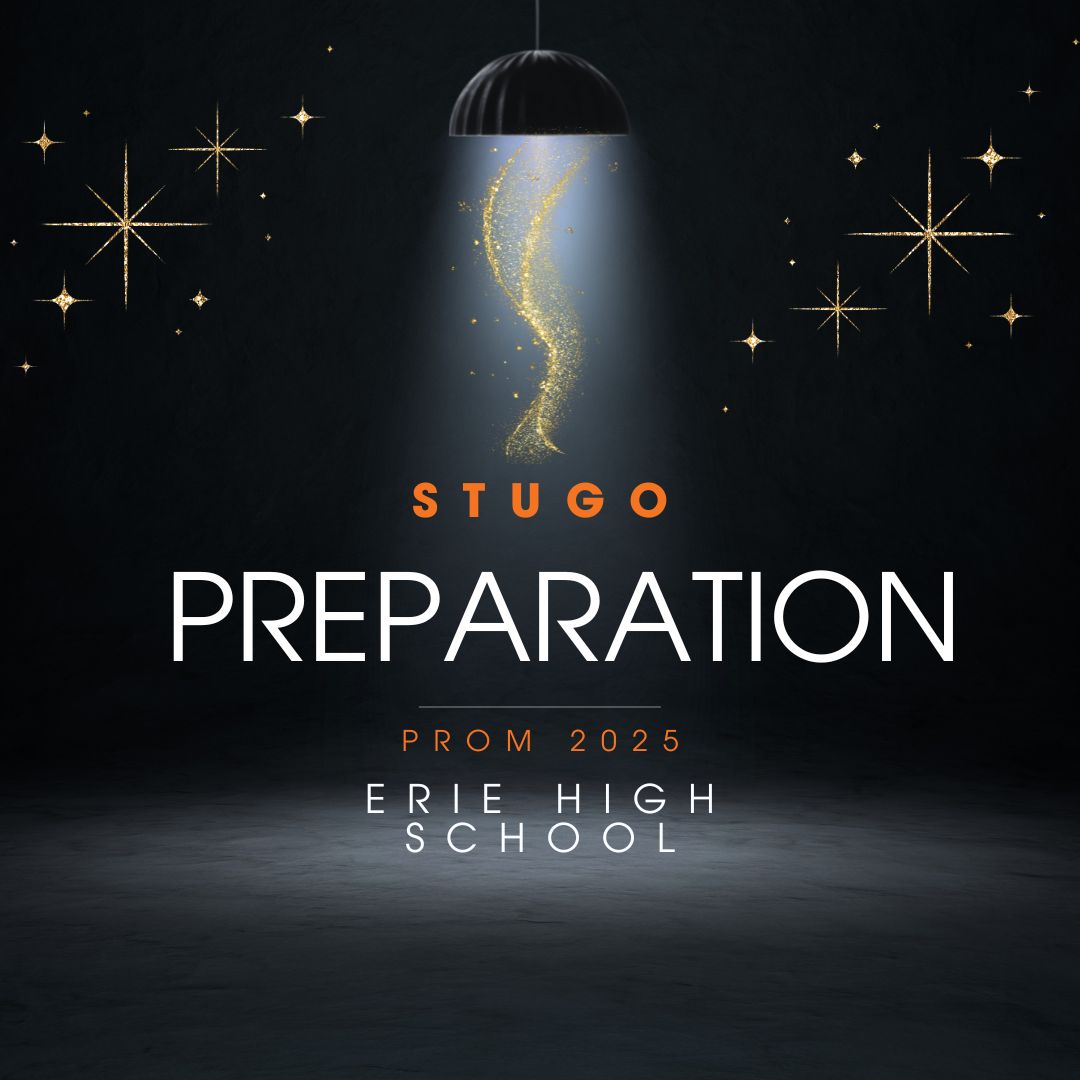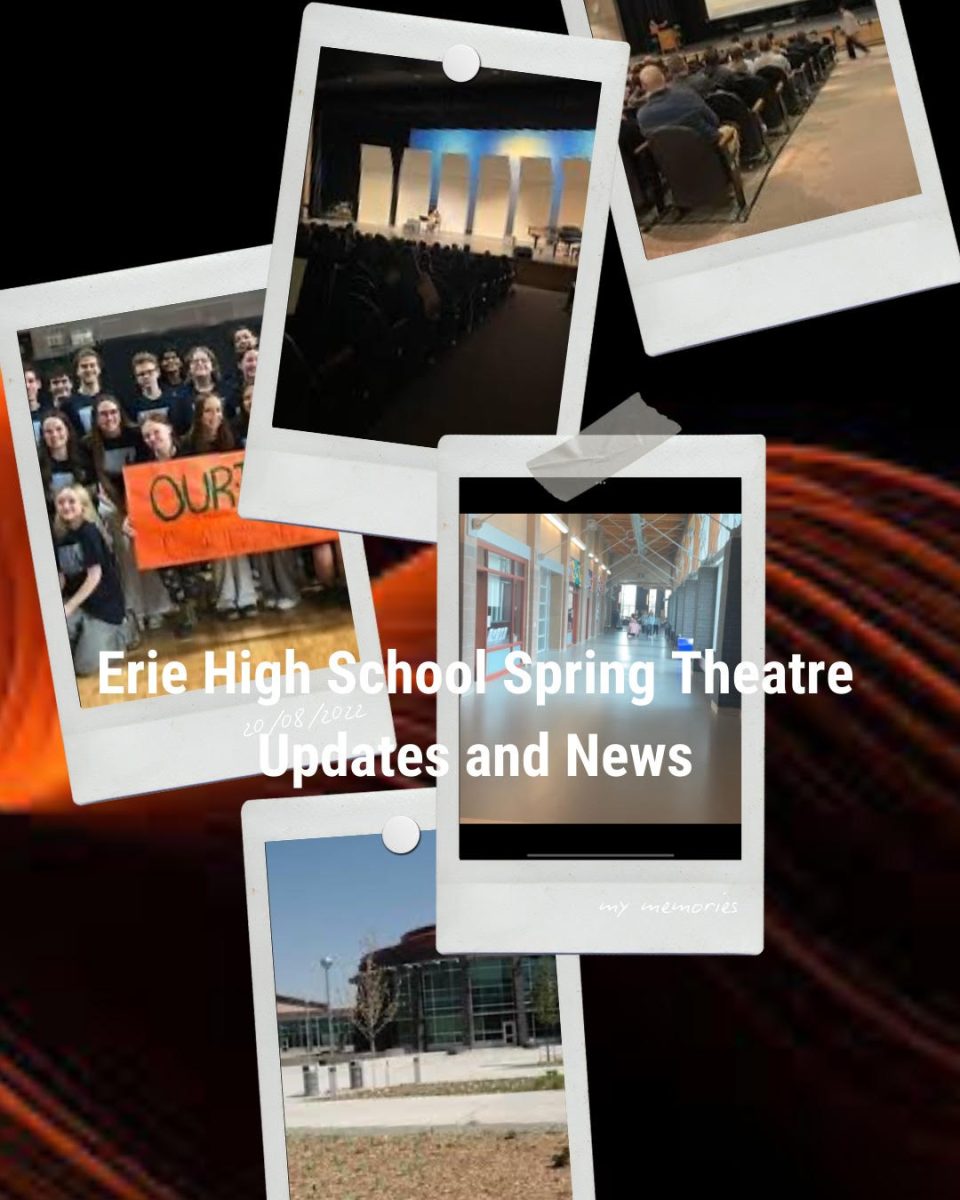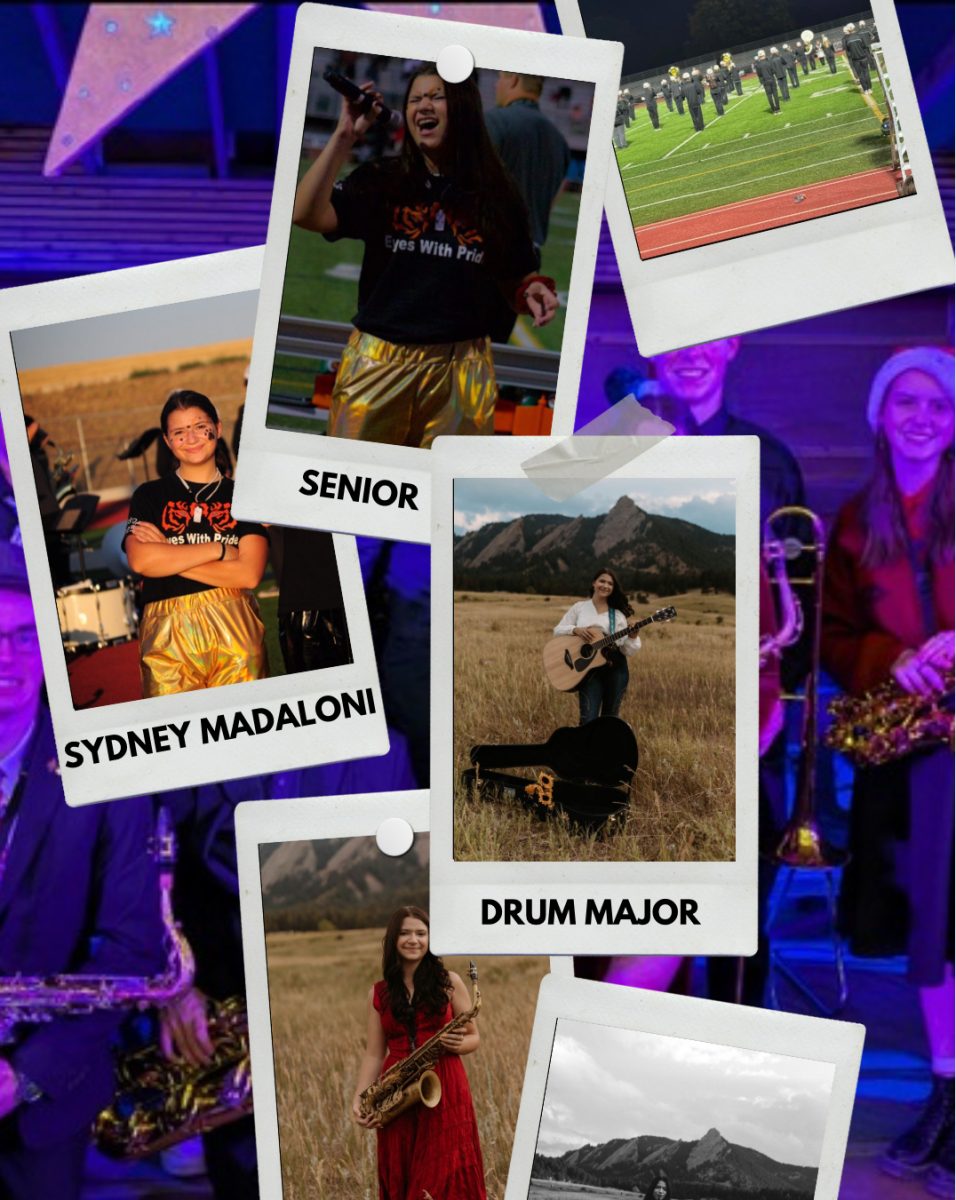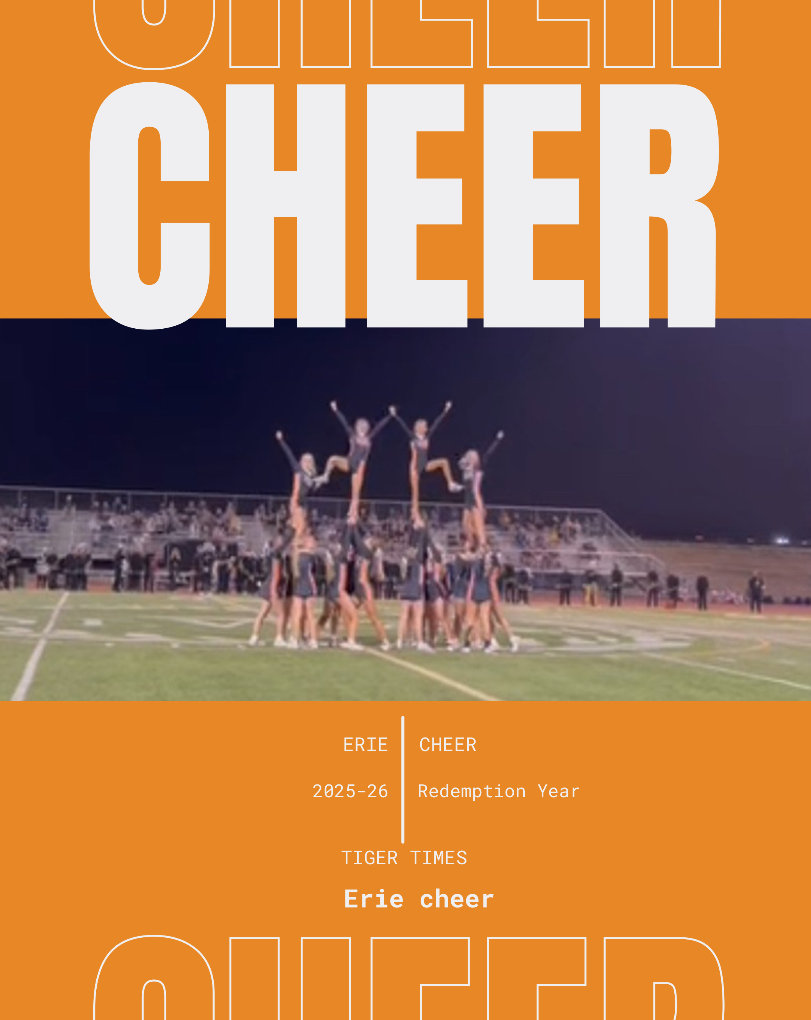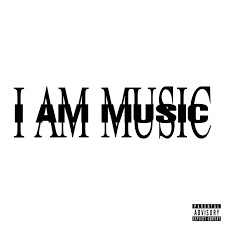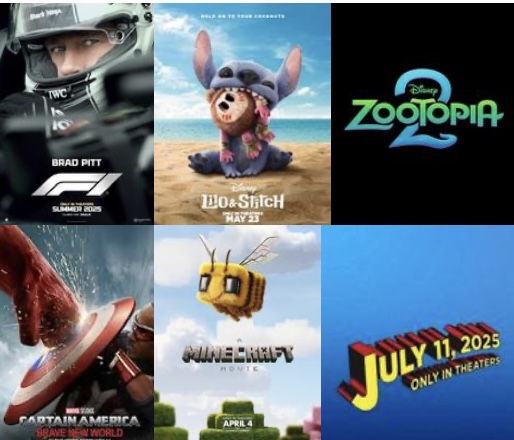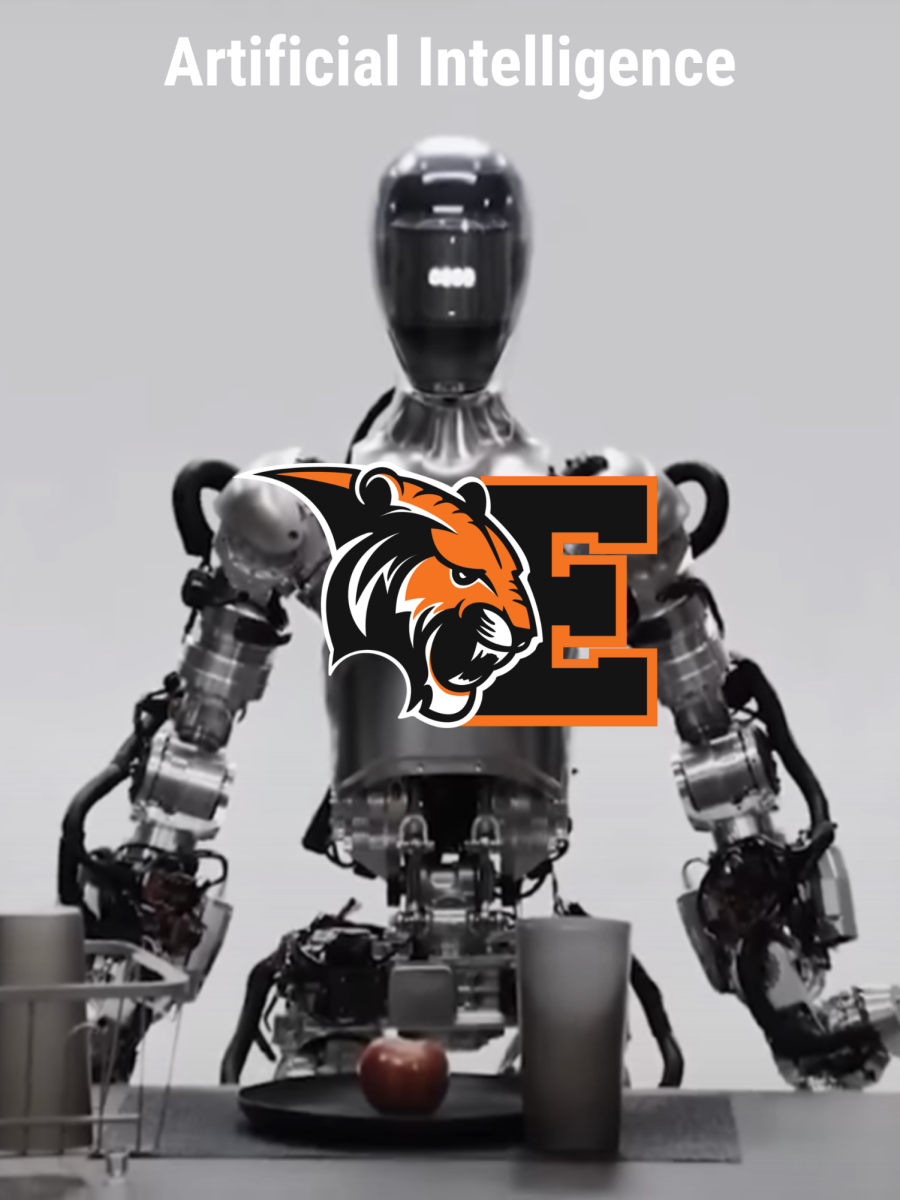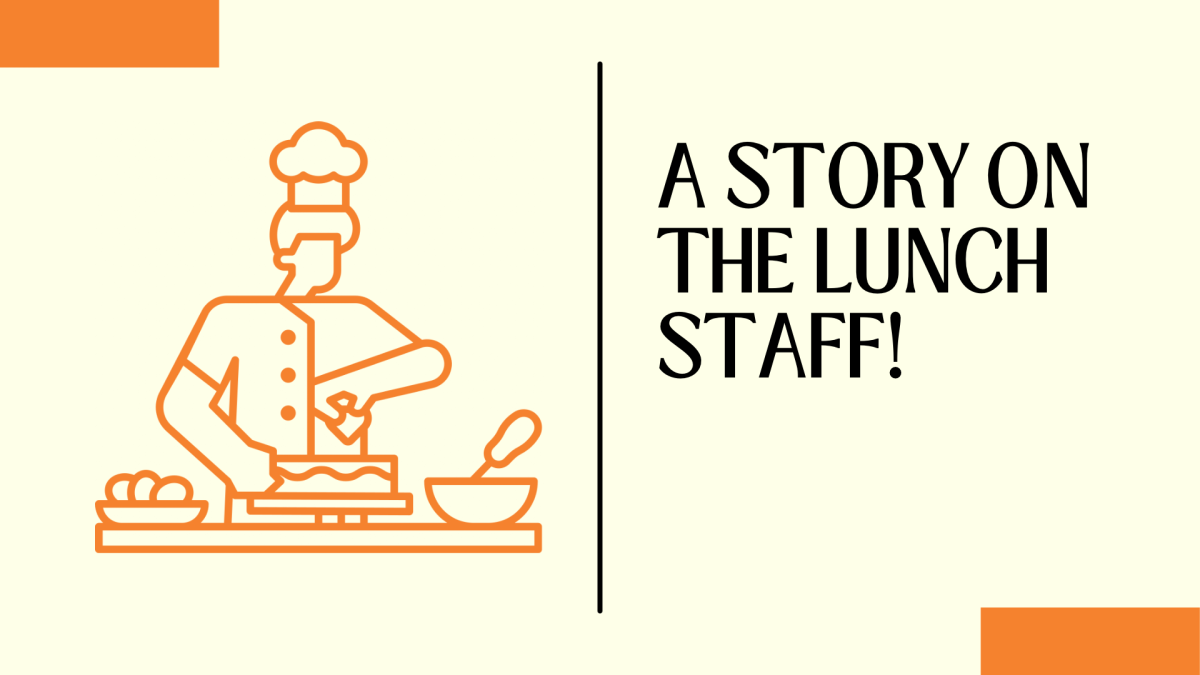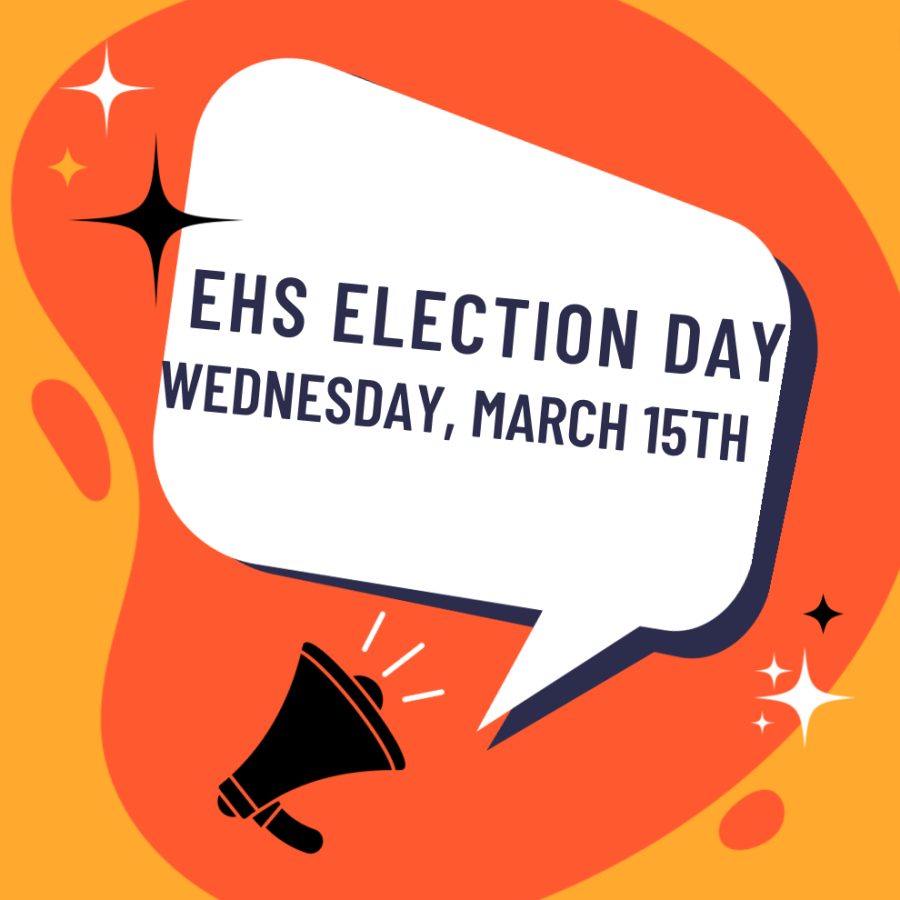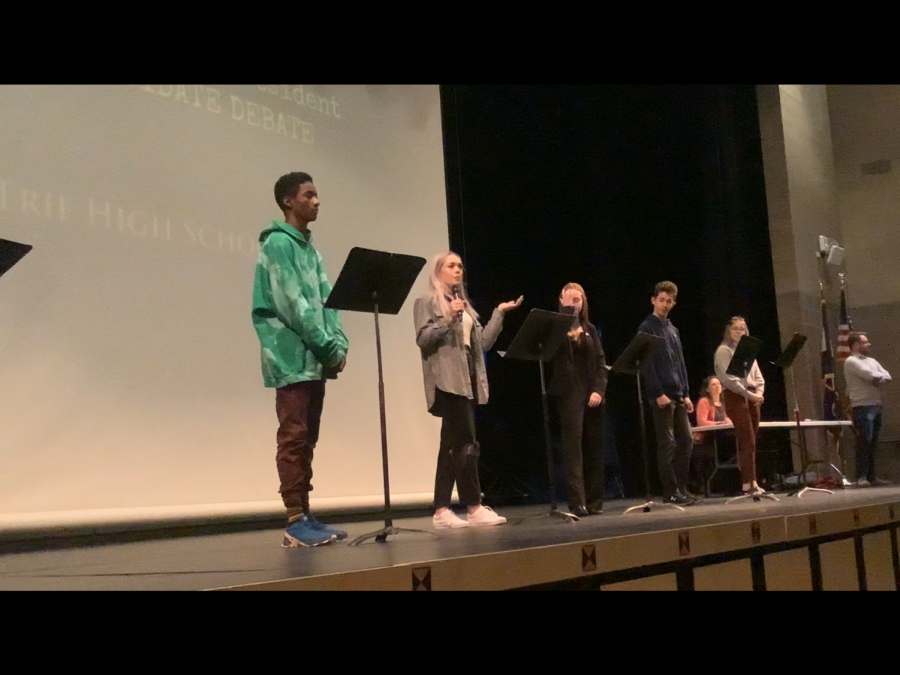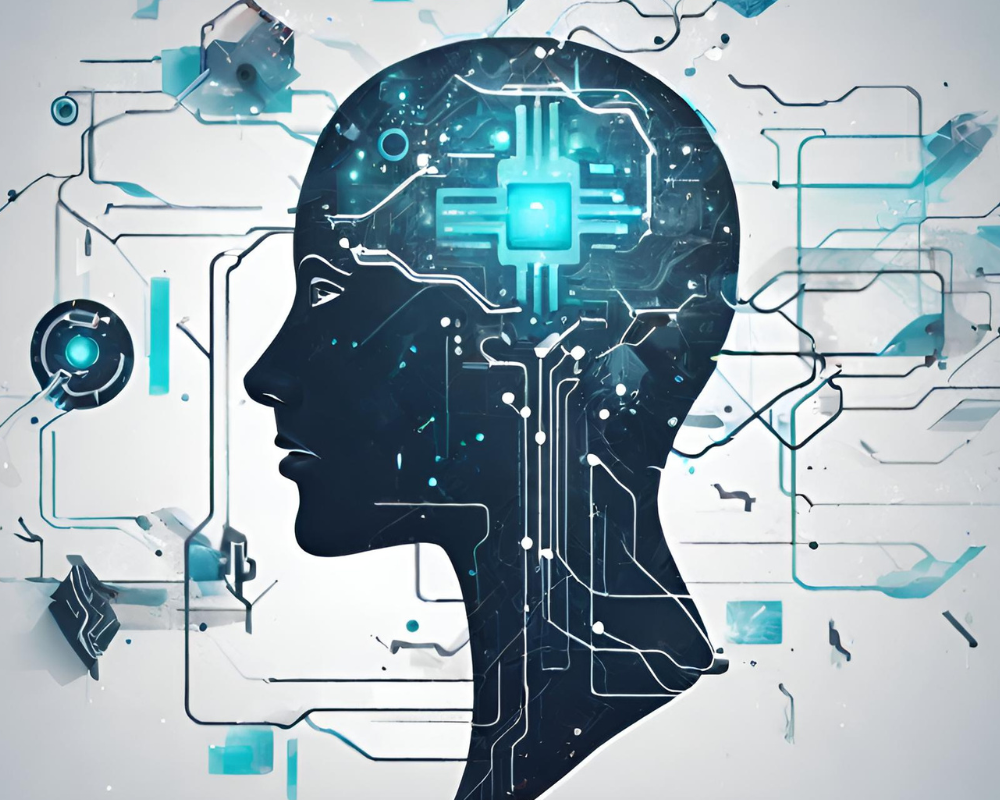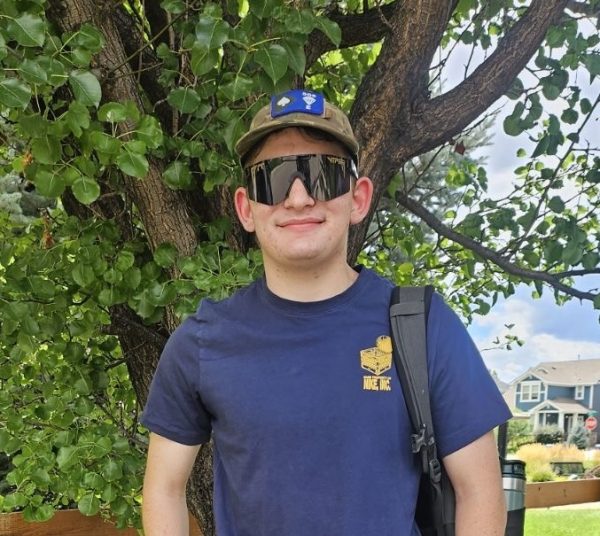The AI of today is relatively new, but artificial intelligence itself was created as early as the 1950s.While the original scientists working on AI were dreaming of creating an electronic brain, they most likely were not thinking of helping K-12 students write an essay that typically took days in seconds. From educational tools and mental health apps to being integrated into smartphones, AI has proved to be an ever-evolving constant force that has grasped the world.
In order to do a comprehensive deep-dive on educational AI, we first need to know how and where it’s currently being used. We all know about Chat GPT, but what else is out there in terms of educational AI? There are countless apps that utilize AI for different educational purposes.
Here are just a few examples: Grammarly checks for spelling and grammar errors; Google Classroom creates a central hub for lessons and automated assignment tracking; Notion collaboratively writes lecture notes with students; Turnitin checks for AI and plagiarism in assignments; Cognii provides personalized tutoring; Khanmigo takes math lessons from Khan Academy and turns them into a learning platform; Canva helps create engaging presentations; Gradescope and MagicSchool.ai help teachers save time with automated grading and feedback, and personalized quizzes and lesson plans; and like Chat GPT, QuillBot paraphrases and summarizes long articles or chapters.
These are just a few of the many AI tools available to teachers and students. As AI continues to develop, it also raises some important questions about its use in schools, mainly how much do both students and teachers depend on it now and in the future.
Special education teacher, Greg Miller added, “I think AI can be a helpful tool when used correctly, although I’m always cautious to use it because it doesn’t necessarily feel like my own work. I don’t use it all for any of my grad school work because it feels like it takes the cognitive load off me, which means I’m not learning. I feel really strongly that it should not be used to generate ideas or write for someone. The fact that it’s so easy to have AI do this makes me nervous about its future in education, as I do worry that it will provide an easy way for students to disengage with the practices of thinking critically and writing cogently.” But Miller still sees a huge opportunity that AI can provide.
This attitude of cautious optimism seems to be reflected in how some students see AI. A student at Erie adds, “I feel that [Erie’s policy regarding AI] is overblown, because it is a super useful tool… I mainly use AI to generate ideas and format prompts.” As of right now, the school has no clear policy with the use of AI in a classroom.
As Ryan Salazar, an English teacher at Erie, uses AI in his class both as a personal assistant, and as a resource students can utilize, “I will typically use AI in order to help students break down complex texts. For example, I might ask them to take a research article and have AI come up with key points, summaries, etc. for the article. This helps students save time by being able to read a short summary to decide whether or not an article is relevant to their needs as opposed to reading the entire thing only to find out that the article is actually not helpful.”
But he is still concerned about AI in the future, “My biggest hope is that students understand that I don’t necessarily need you to be able to tell me what the theme of a novel is but rather to go through the process of critically thinking about something and forming your own ideas. I want students to learn to use AI to help them find resources to aid their thinking and still think for themselves.”
Salazar’s opinions regarding AI in Erie’s classrooms seem to be a growing trend among educators, not just those here in Erie.
Future Ed, a think tank from Georgetown University’s McCourt School of Public Policy, which claims to produce, “nonpartisan analysis on a range of education issues for policymakers, practitioners, the media, and other key education change agents and influencers at the federal, state, and local levels—helping them navigate the complex and fast-changing education landscape.”
In their article focusing on the issue of AI in Education, Future Ed quotes Richard Culatta, CEO of the International Society for Technology in Education (ISTE). He addresses fears surrounding AI saying, “It’s ‘the whole world is coming to an end because of AI,’ which isn’t true, and on the other side, ‘AI is going to fix all our problems,’ which is also not true. Instead, like all technology in the 21st century, AI is not good or bad at its core, but how we use or implement it does matter.”
John Bailey, a former director of educational technology in the U.S. Department of Education, advocates for a rational use of AI that supports rather than replaces traditional learning. He builds upon this, saying, “It’s not quite a tutor. It’s definitely a little short of personalized learning. But it’s like having a very smart assistant that is always going to be available to you to help you with questions and manage your work.”
Future Ed is taking the path of caution when it comes to AI, where they recognize the benefits of AI, but also the huge risk that comes with AI.
Since everyone seems to have a strong opinion regarding AI, why not give it a chance to defend itself? When asked about the use of AI in the classroom, Chat GPT surprisingly gave a very critical answer, highlighting both the pros and cons: “The main benefit of AI in this respect is the ability to accommodate individual needs through customization of learning experiences.”…“One of the major concerns about AI in classrooms is the possibility of students using it to cheat., ChatGPT can produce essays, solve math problems, or answer questions without students actively learning the material.
ChatGPT ends its analysis with “While AI is irrefutably changing the classroom, school districts walk a tightrope between embracing technological innovation and protecting the integrity of education.” Obviously, we should take Chat GPT’s self-analysis with a huge grain of salt. Just like humans, AI and machine learning algorithms do have bias, due to AI itself being created by, and learning from humans. AI is both a solution and a problem, something that not only Erie High School but the entire world has to grapple with.




